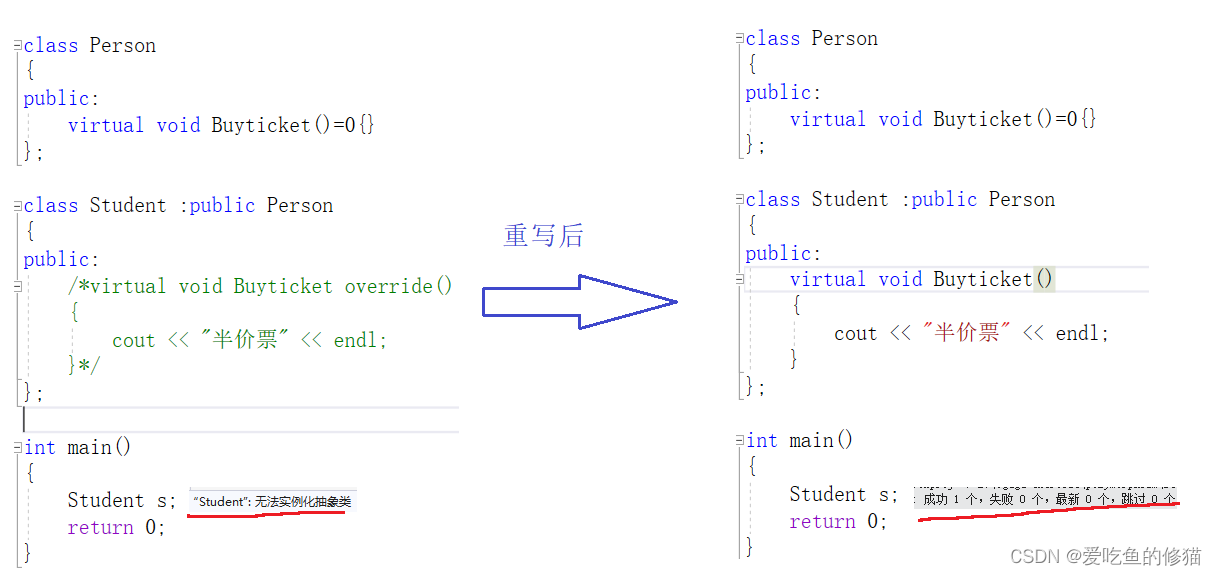transpose用于numpy中高维度数组的轴变换,在二维情况下就是通常说的转置。该方法很不好理解,本文详细介绍该方法。
该方法有两个实现,分别是numpy.ndarray.transpose和numpy.transpose,两者分别是类成员方法和独立的方法,接口定义和功能和基本一致。
1. 函数介绍
For a 1-D array, this returns an unchanged view of the original array, as a transposed vector is simply the same vector.
To convert a 1-D array into a 2-D column vector, an additional dimension must be added, e.g., np.atleast2d(a).T achieves this, as does a[:, np.newaxis].
For a 2-D array, this is the standard matrix transpose.
For an n-D array, if axes are given, their order indicates how the axes are permuted (see Examples). If axes are not provided, then transpose(a).shape == a.shape[::-1].
2. 参数说明
axes tuple or list of ints, optional
If specified, it must be a tuple or list which contains a permutation of [0,1,…,N-1] where N is the number of axes of a. The i’th axis of the returned array will correspond to the axis numbered axes[i] of the input. If not specified, defaults to range(a.ndim)[::-1], which reverses the order of the axes.
3. 使用示例
- 定义数组
arr3d = np.arange(16).reshape((2, 2, 4))- 结果
array([[[ 0, 1, 2, 3],
[ 4, 5, 6, 7]],[[ 8, 9, 10, 11],
[12, 13, 14, 15]]])
- 换轴操作
arr3d.transpose((1, 0, 2))- 结果
array([[[ 0, 1, 2, 3],
[ 8, 9, 10, 11]],[[ 4, 5, 6, 7],
[12, 13, 14, 15]]])
- 说明
例子中是一个三维的数组进行了轴变换,arr3d的默认轴顺序是(0, 1, 2)而通过transpose方法换为了(1, 0, 2),所以对应的 空间 中的位置也发生了变换。运行结果只是编译器对于三维数组的一种表达形式,如果单纯的理解为只是将二三行互换了,就很难理解这个方法。
参考文献
numpy.transpose — NumPy v1.24 Manual
numpy数组的转置与换轴transpose和swapaxes方法_Everglow_Vct的博客-CSDN博客



